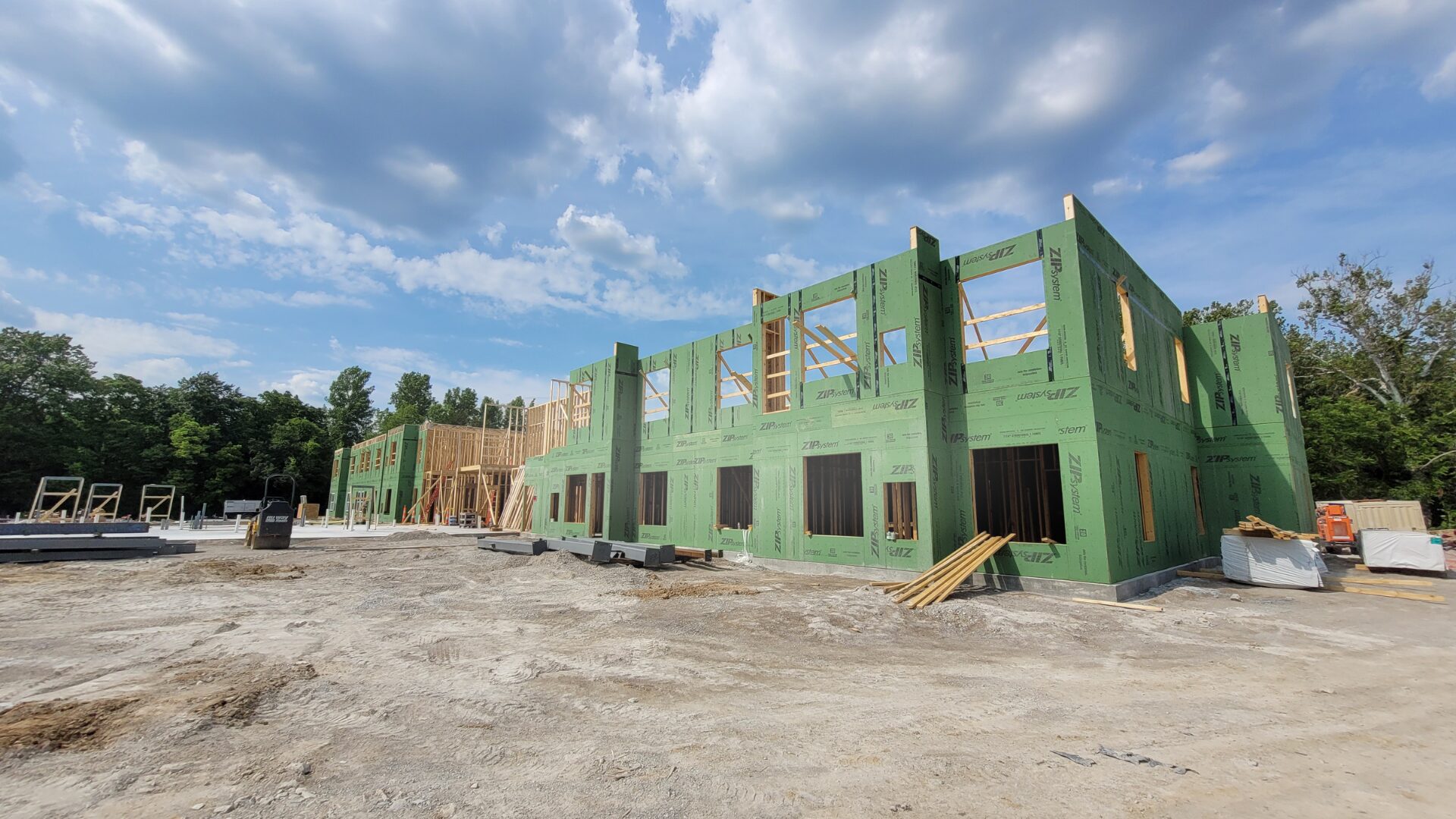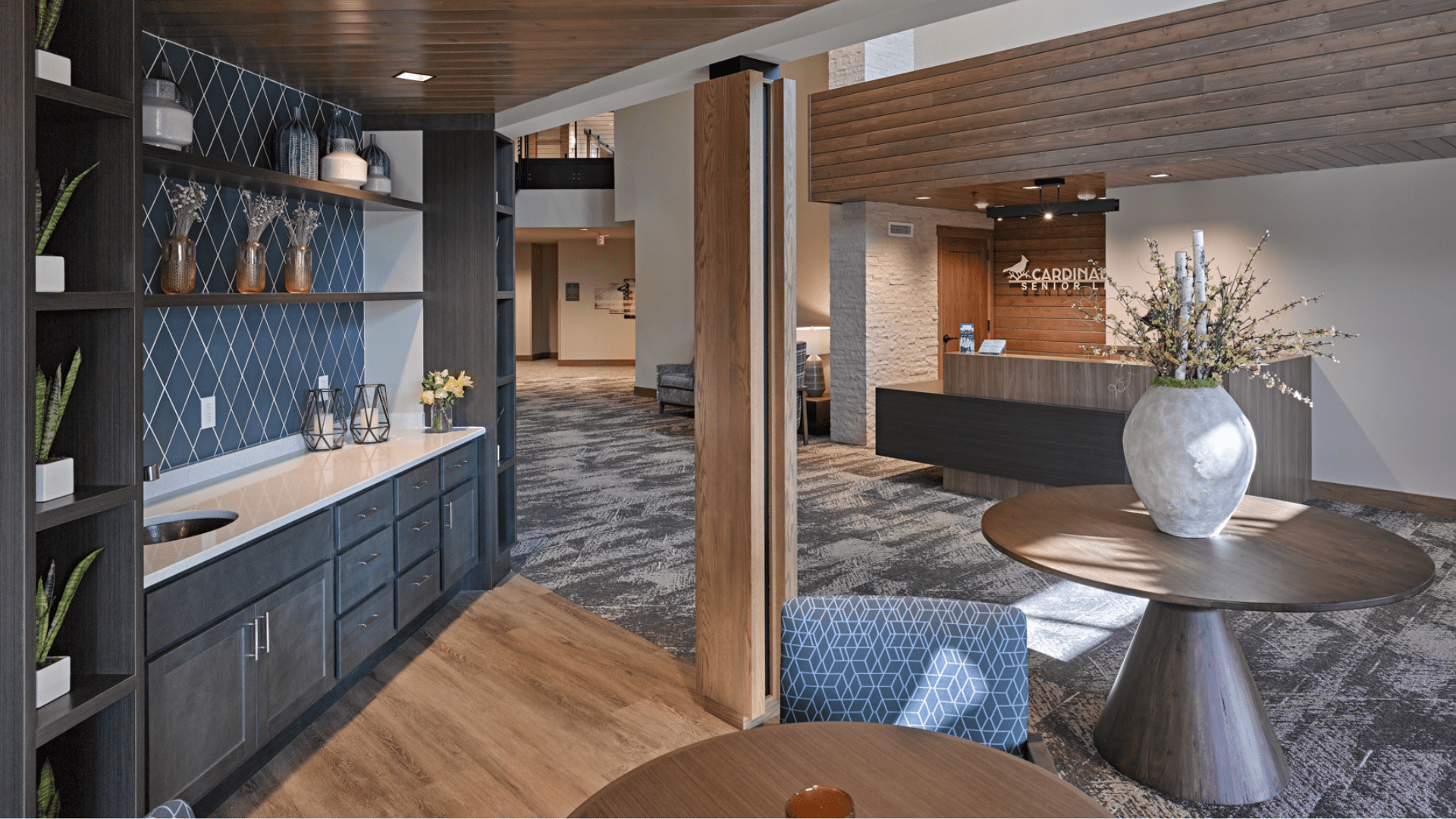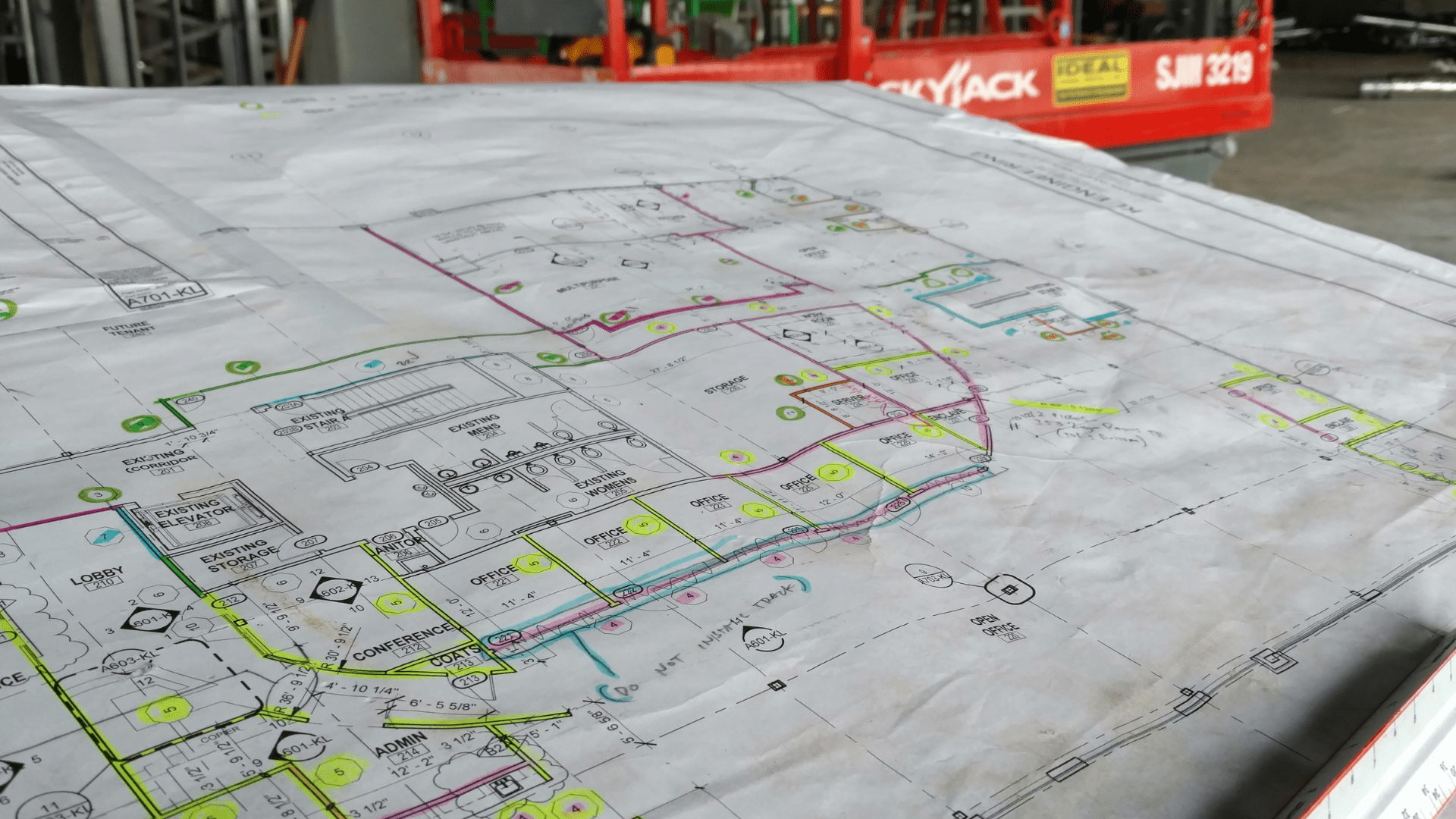If you’ve never taken on a construction project before, whether it’s a renovation, addition, or…
Bipolar Ionization: The Affordable Effective Air Quality Solution
As we continue to look for better ways to keep our communities safe, we hear a lot of discussion about face masks helping to prevent the spread of droplets to others close by. We also know building HVAC systems can be used to improve air quality through better filtration, increased ventilation, and ultra-violet light air treatment. One other option is a piece of equipment we have tried that is relatively inexpensive and easy to retrofit into existing systems, both commercial and residential.
Bipolar ionization units are relatively inexpensive but very effective. Chad Faber, our Engineering Director, tested the equipment in our office building, clients’ buildings, and several of our employees’ homes to make sure we know what we are talking about.
For residential applications, the unit, which is roughly the size of a box of spaghetti, gets attached near your furnace fan and works to eliminate airborne particulates, odors, mold, and pathogens. In a large commercial building where there are air handlers or large rooftop units, the unit is typically located near the cooling coils in the air handler. The ionization process creates negatively and positively charged ions that attract particles in the air, such as viruses, bacteria, and dust. They clump together creating bigger particles and are caught in the filters or become heavy enough to fall to the ground. GPS also breaks down VOCs in the space and eliminates odors.
In the past, bipolar ionization units were used similarly to UV lights for coil cleaning and odor reduction. With COVID-19 concerns, however, many buildings have them installed to improve indoor air quality. With little to no maintenance required, they are an affordable consideration for both home and office settings.


